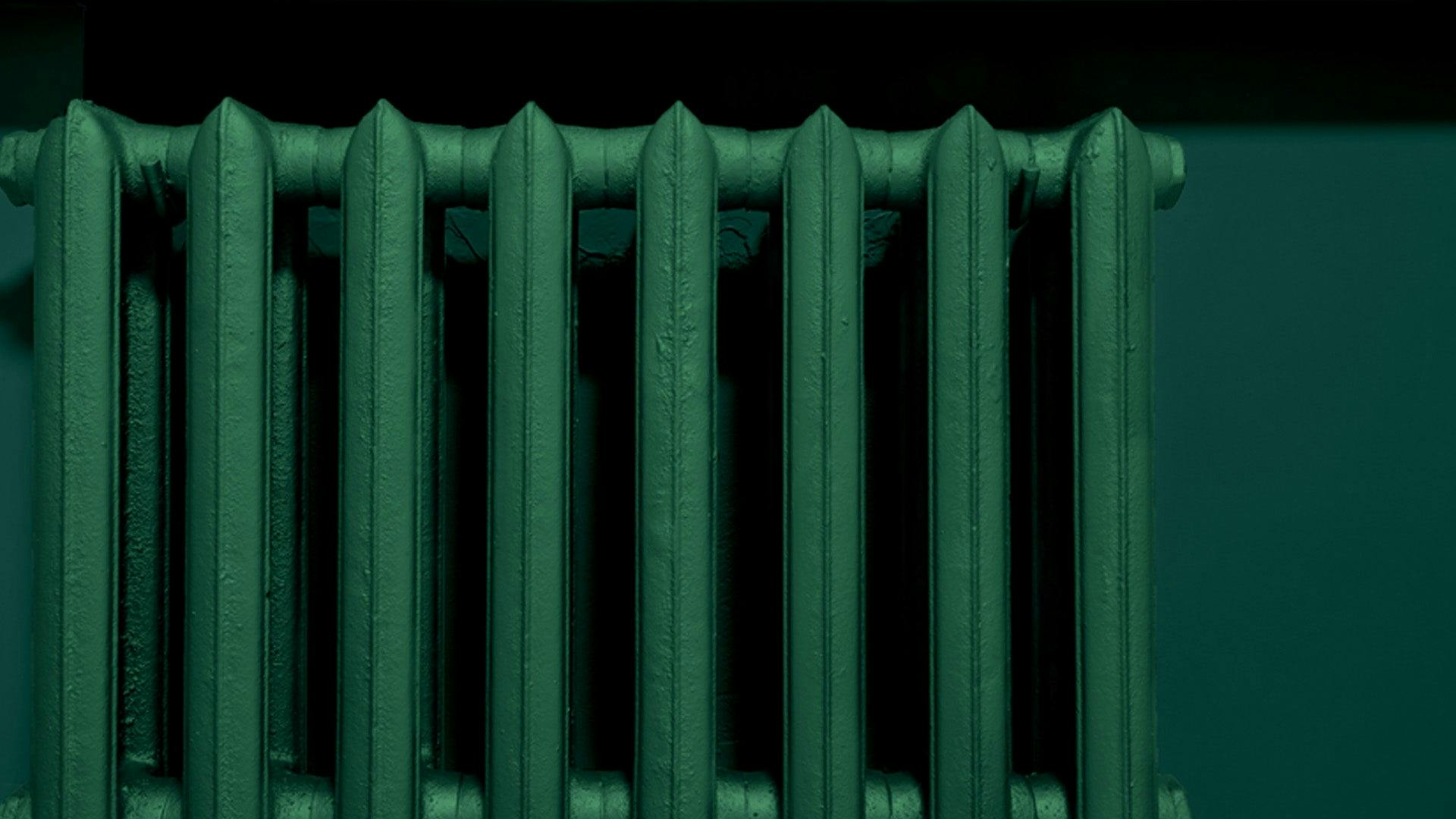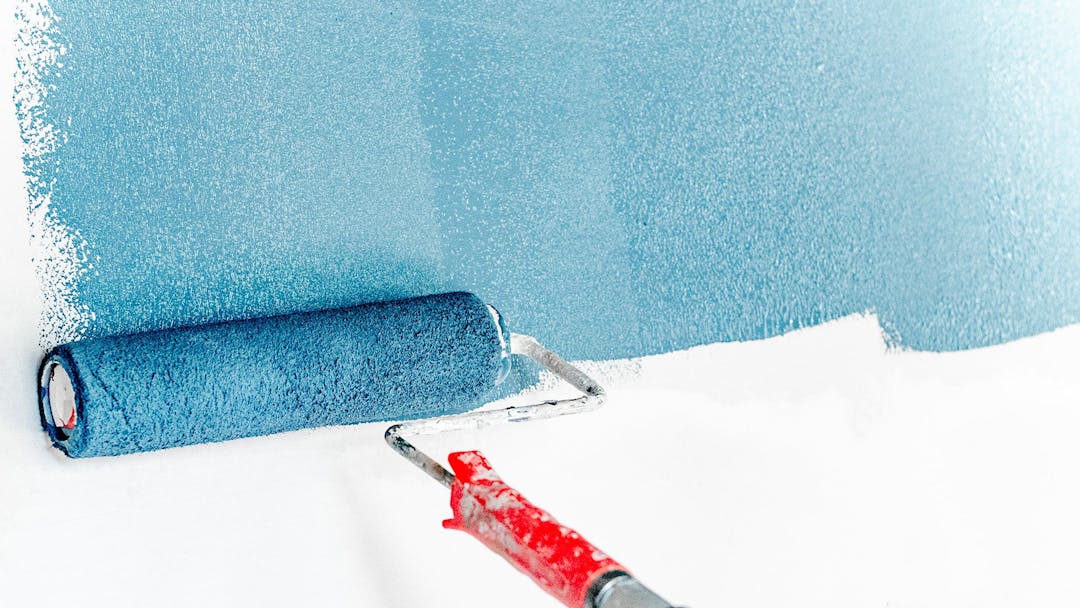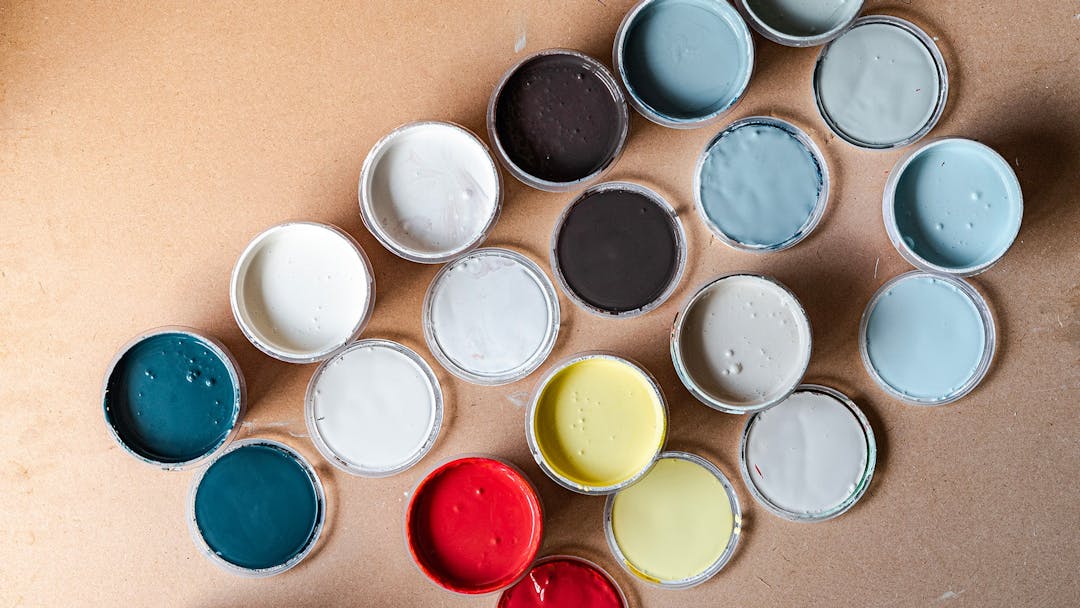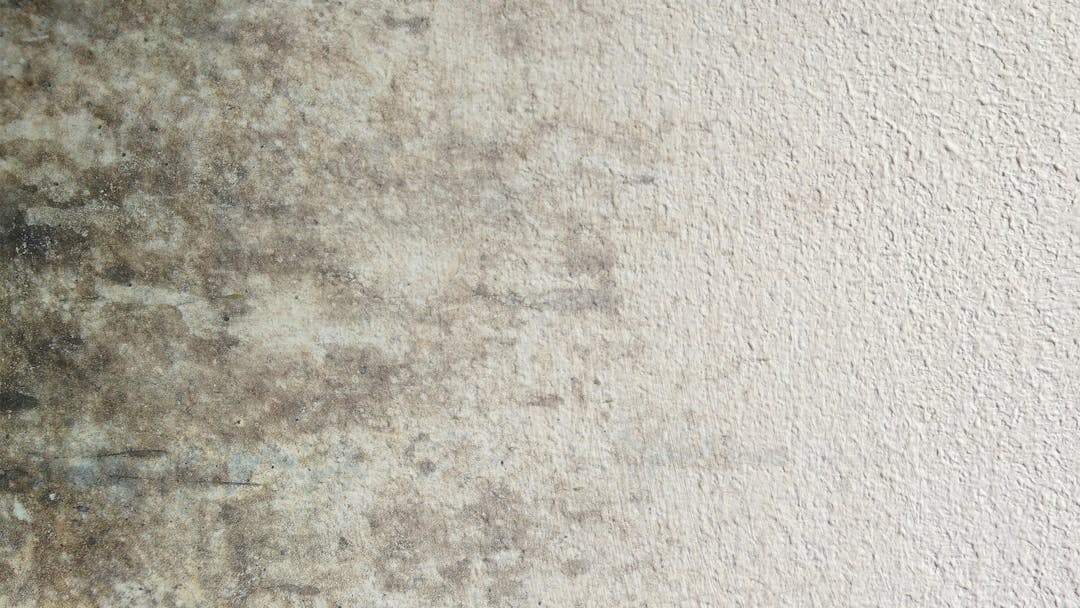Painting radiators can not only add freshness and style to the interior of a home or business, but can also improve their operation.
However, to achieve long-lasting, quality results, it is important to know the right techniques and the right paints.
In this article we will answer these questions:
- Why do you paint radiators?
- How to remove paint from radiators?
- How to paint cast iron and other metal radiators?
Why is it necessary to paint radiators?
The reasons why it is necessary to paint radiators can be divided into two large families: aesthetic and functional.
Painting radiators for aesthetic purposes
Radiators, in most cases, are very noticeable elements in domestic and even commercial environments.
Painting radiators makes it possible to:
-
Improve their appearance.
Fresh paint can cover any stains, fading or rust, making the radiators more pleasing to the eye. -
Personalize them.
Painting radiators allows you to personalize the appearance of the room or building. You can choose colors that match the design of the room or create an interesting visual contrast. -
Renovate them without changing them.
If your radiators are dated or damaged, painting them can be an economical way to renovate them without replacing them completely. -
Adapt them to a change of use.
When renovating a building or changing the use of a space, painting radiators can be part of the process to adapt the appearance and functionality of the space.
Painting radiators for functional purposes
A painted radiator is not only more beautiful, but it can regain features that make it perform better or fit the environment in which it is located.
In fact, radiators can be painted to:
-
Protect them from corrosion.
Rust is a common problem with metal radiators. Painting creates a protective layer on the surface, preventing rust and extending the useful life of radiators. -
Improve their thermal efficiency.
Good quality paint can help improve the thermal efficiency of radiators. A smooth, well-reflective surface can allow heat to be distributed more evenly and can reduce heat loss, thus can lead to long-term energy savings. -
Protect the hygiene of the environment.
In a commercial or office environment, radiators can accumulate dust and dirt over time. A washable or easily cleaned paint can help maintain the hygiene of the environment. -
Comply with regulations.
Some businesses must follow regulations that also require radiators to be painted for safety or hygiene reasons. Making sure that you comply with these regulations is important to avoid penalties. -
Eliminate unpleasant odors.
In some cases, radiators can accumulate unpleasant odors over time. Painting can help seal these odors and improve indoor air quality.
How to remove paint from radiators?
When a radiator has peeling paint or traces of rust, it is always best to perform a deep cleaning before starting to paint.
If the radiator has only a few bad areas, it will suffice to intervene with an iron brush, trowel and sandpaper to remove the paint from the radiator. Once surfaces without major imperfections are obtained, a clean, dry brush should be used to remove all residue and dust.
If the radiator is in poor condition and you need to totally remove the old layer of paint, it is best to use paint stripper. This product is aggressive and, consequently, it is necessary to disassemble the radiator to place it in a safe place or, at the very least, to protect very well wall, floor and other things fixed around it.
After applying paint stripper and waiting for the time specified by the manufacturer, the paint can be removed easily with a squeegee. Finally, the radiator should be cleaned with a clean cloth.
How to paint cast iron and other metal radiators?
First of all, it should be said that not all paints and enamels are suitable for painting radiators. There are specific paints for radiators that are designed to withstand temperature changes and the resulting expansion of metal and that do not release toxic substances into the air.
In addition, paint for radiators can be applied in two ways:
- With brushes and rollers;
- By spray.
Painting radiators with brush and roller
The choice of a brush with a long, sloping handle, called a radiator brush, or a small, long-haired roller depends on the structure of the radiator: if the elements that make up the radiator are very close to each other, it is advisable to use the former tool; whereas if the spaces between the elements are large, it is right to use the latter.
Before starting to paint, it is important to prepare the radiator and the area around it by protecting valves and parts that should not be covered by the paint with tape, and place tarps or sheets of paper on the floor to catch any drops of paint that will fall.
Once the radiator has been painted, it is necessary to let the paint dry for a day and in the case of a first coat of rust inhibitor, apply a top coat.
Painting radiators by spray.
If you can cover the wall behind the radiator or if you can take it down, opting for spray painting, using a spray can, is a good idea.
In this case, it is important that there are no strong drafts that could deflect the paint spray, use a protective mask so as not to inhale harmful substances, and, of course, cover everything that is not to be painted with tape and sheets of paper.
Spray paint can reach even the least accessible parts of the radiator, but it must be applied by having some caution:
- Shake the can for a few minutes to mix the contents well;
- Spray while standing about 20 centimeters from the surface you want to paint;
- Paint by drawing straight lines in each direction to make sure that the paint covers every detail.
It is advisable to assess the work well and take up any unpainted areas, taking care to spray making light passes and not aiming solely at the spot without paint.




